Mother Lady Elizabeth Howard | Name Mary Boleyn | |
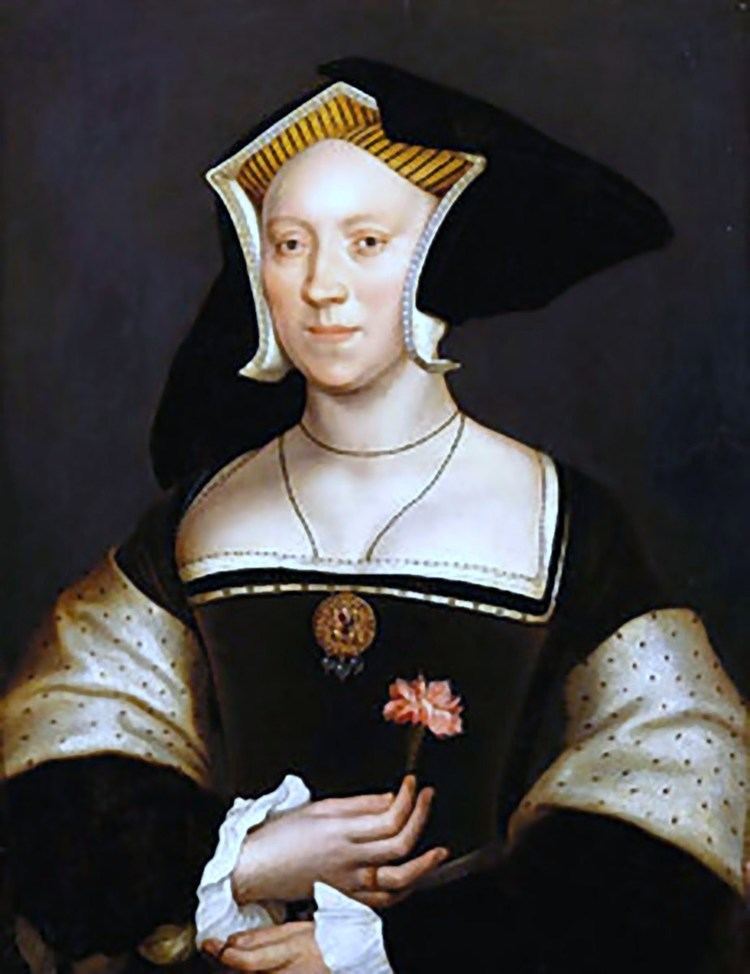 | ||
Father Thomas Boleyn, 1st Earl of Wiltshire Died July 19, 1543, Essex, United Kingdom Siblings Anne Boleyn, George Boleyn, 2nd Viscount Rochford Children Henry Carey, 1st Baron Hunsdon, Catherine Carey Cousins Catherine Howard, Henry Howard - Earl of Su, Mary Howard - Duchess, Mary Shelton, Thomas Howard - 1st Visco Similar People Anne Boleyn, Thomas Boleyn - 1st Earl of Wi, George Boleyn - 2nd Visco, Elizabeth I of England, Henry Carey - 1st Baron Hu | ||
Mary boleyn paradise
Mary Boleyn, also known as Lady Mary (c. 1499/1500 – 19 July 1543), was the sister of English queen Anne Boleyn, whose family enjoyed considerable influence during the reign of King Henry VIII.
Contents
- Mary boleyn paradise
- A little deleted scene from mary boleyn
- Early life
- Royal affair in France
- Royal mistress
- Sisters rise to power
- Second marriage
- Issue
- Depictions in fiction
- Non fiction
- References
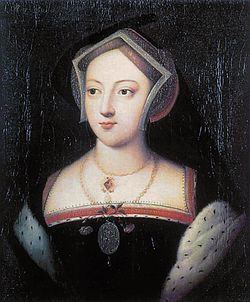
Mary was one of the mistresses of Henry VIII for an unknown period of time. It has been rumoured that she bore two of the king's children, though Henry did not acknowledge either of them as he had acknowledged Henry FitzRoy, his son by another mistress, Elizabeth Blount. Mary was also rumoured to have been a mistress of Henry VIII's rival, King Francis I of France, for some period between 1515 and 1519.
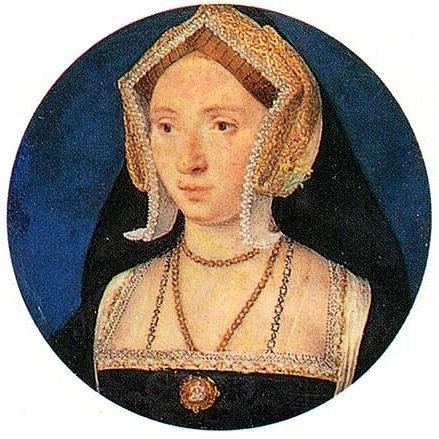
Mary Boleyn was married twice: in 1520 to William Carey, and again, secretly, in 1534, to William Stafford, a soldier from a good family but with few prospects. This secret marriage to a man considered beneath her station angered both King Henry VIII and her sister, Queen Anne, and resulted in Mary's banishment from the royal court. She died seven years later, having spent the remainder of her life in obscurity.
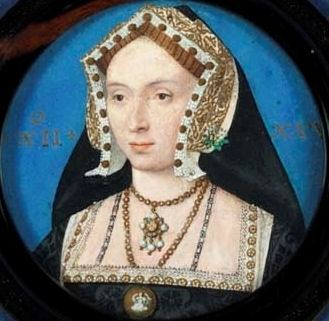
A little deleted scene from mary boleyn
Early life
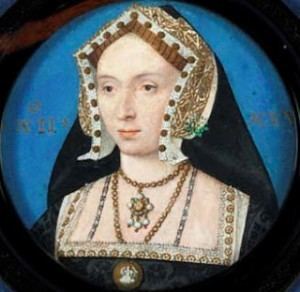
Mary was probably born at Blickling Hall, the family seat in Norfolk, and grew up at Hever Castle, Kent. She was the daughter of a rich diplomat and courtier, Thomas Boleyn, 1st Earl of Wiltshire, by his marriage to Lady Elizabeth Howard, the eldest daughter of Thomas Howard, 2nd Duke of Norfolk.

There is no evidence of Mary's exact date of birth, but it occurred sometime between 1499 and 1508. Most historians suggest that she was the eldest of the three surviving Boleyn children. Evidence suggests that the Boleyn family treated Mary as the eldest child; in 1597, her grandson Lord Hunsdon claimed the earldom of Ormond on the grounds that he was the Boleyns' legitimate heir. Many ancient peerages can descend through female heirs, in the absence of an immediate male heir. If Anne had been the elder sister, the better claim to the title would have belonged to her daughter, Queen Elizabeth I. However, it appears that Queen Elizabeth offered Mary's son, Henry, the earldom as he was dying, although he declined it. If Mary had been the eldest Boleyn sister, Henry would have inherited the title upon his grandfather's death without a new grant from the queen. There is more evidence to suggest that Mary was older than Anne. She was married first, on 4 February 1520; an elder daughter was traditionally married before her younger sister. In 1532, when Anne was created Marchioness of Pembroke, she was referred to as "one of the daughters of Thomas Boleyn". Were she the eldest, that status would probably have been mentioned. Most historians now accept Mary as the eldest child, placing her birth some time in 1499.

Mary was brought up with her brother George and her sister Anne by a French governess at Hever Castle in Kent. She was given a conventional education deemed essential for young ladies of her rank and status, which included the basic principles of arithmetic, grammar, history, reading, spelling, and writing. In addition to her family genealogy, Mary learned the feminine accomplishments of dancing, embroidery, etiquette, household management, music, needlework, and singing, and games such as cards and chess. She was also taught archery, falconry, riding, and hunting.
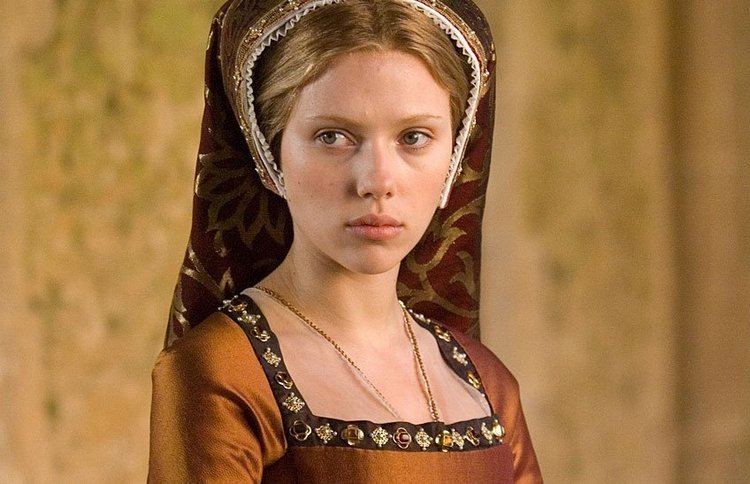
Mary remained in England for most of her childhood, until she was sent abroad in 1514 around the age of fifteen when her father secured her a place as maid-of-honour to the King's sister, Princess Mary, who was going to Paris to marry King Louis XII of France.
After a few weeks, many of the Queen's English maids were sent away, but Mary was allowed to stay, probably due to the fact that her father was the new English ambassador to France. Even when Queen Mary left France after she was widowed on 1 January 1515, Mary remained behind at the court of Louis' son-in-law and daughter, Francis I and Claude.
Royal affair in France
Mary was joined in Paris by her father, Sir Thomas, and her sister, Anne, who had been studying in France for the previous year. During this time Mary is supposed to have embarked on several affairs, including one with King Francis himself. Although some historians believe that the reports of her sexual affairs are exaggerated, the French king referred to her as "The English Mare", "my hackney", and as "una grandissima ribalda, infame sopra tutte" ("a very great whore, the most infamous of all").
She returned to England in 1519, where she was appointed a maid-of-honour to Catherine of Aragon, the queen consort of Henry VIII.
Royal mistress
Soon after her return, Mary was married to William Carey, a wealthy and influential courtier, on 4 February 1520; Henry VIII was a guest at the couple's wedding. At some point, Mary became Henry's mistress; the starting date and duration of the liaison are unknown.
It was rumoured that one or both of Mary's children were fathered by the king, although no evidence exists to support the argument that either of them was the king's biological child.
Henry VIII's wife, Catherine of Aragon, had first been married to Henry's elder brother Arthur when he was a little over fifteen years old, but Arthur had died just a few months later. Henry later used this to justify the annulment of his marriage to Catherine, arguing that her marriage to Arthur had created an affinity between Henry and Catherine; as his brother's wife, under canon law she became his sister. When Mary's sister Anne later became Henry's wife, this same canon law might also support that a similar affinity had been created between Henry and Anne due to his earlier liaison with Mary. In 1527, during his initial attempts to obtain a papal annulment of his marriage to Catherine, Henry also requested a dispensation to marry Anne, the sister of his former mistress.
Sister's rise to power
Anne had returned to England in January 1522; she soon joined the royal court as one of Queen Catherine's maids-of-honour. Anne achieved considerable popularity at court, although the sisters already moved in different circles and were not thought to have been particularly close.
Although Mary was said to have been more attractive than her sister, Anne seems to have been more ambitious and intelligent. When the king took an interest in Anne, she refused to become his mistress, being shrewd enough not to give in to his sexual advances and returning his gifts. By the middle of 1527, Henry was determined to marry her. This gave him further incentive to seek the annulment of his marriage to Catherine of Aragon. A year later, when Mary's husband died during an outbreak of sweating sickness, Henry granted Anne Boleyn the wardship of her nephew, Henry Carey. Mary's husband had left her with considerable debts, and Anne arranged for her nephew to be educated at a respectable Cistercian monastery. Anne also interceded to secure her widowed sister an annual pension of £100.
Second marriage
In 1532, when Anne accompanied Henry to the English Pale of Calais on his way to a state visit to France, Mary was one of her companions. Anne was crowned queen on 1 June 1533 and on 7 September gave birth to Henry's daughter Elizabeth, who later became Queen Elizabeth I. In 1534, Mary secretly married an Essex landowner's younger son: William Stafford (later Sir William Stafford). Since Stafford was a soldier, his prospects as a second son so slight, and his income so small, many believed the union was a love match. When Mary became pregnant, the marriage was discovered. Queen Anne was furious, and the Boleyn family disowned Mary. The couple were banished from court.
Mary's financial circumstances became so desperate that she was reduced to begging the king's adviser Thomas Cromwell to speak to Henry and Anne on her behalf. She admitted that she might have chosen "a greater man of birth and a higher" but never one that should have loved her so well, nor a more honest man. And she went on, "I had rather beg my bread with him than to be the greatest queen in Christendom. And I believe verily ... he would not forsake me to be a king". Henry, however, seems to have been indifferent to her plight. Mary asked Cromwell to speak to her father, her uncle, and her brother, but to no avail. It was Anne who relented, sending Mary a magnificent golden cup and some money, but still refused to reinstate her position at court. This partial reconciliation was the closest the two sisters attained; it is not thought that they met after Mary's exile from the king's court.
Mary's life between 1534 and her sister's execution on 19 May 1536 is difficult to trace. There is no record of her visiting her parents, and no evidence of any correspondence with, or visits to, her sister Anne or her brother George when they were imprisoned in the Tower of London. Like their uncle, Thomas Howard, 3rd Duke of Norfolk, she may have thought it wise to avoid association with her now-disgraced relatives.
Mary died of unknown causes, on 19 July 1543, in her early forties.
Issue
Mary Boleyn was the mother of:
Mary's marriage to William Stafford (d. 5 May 1556) may have resulted in the birth of two further children:
Depictions in fiction
Mary was played by Valerie Gearonwas in the 1969 film Anne of the Thousand Days, and by Perdita Weeks in the Showtime television series The Tudors (2007–2010).
A fictionalised form of her character also features prominently in the novels:
Mary has been the central character in three novels based on her life:
Philippa Gregory later nominated Mary as her personal heroine in an interview to the BBC History Magazine. Her novel was a bestseller and spawned five other books in the same series. However, it was controversial, since many historians found the work inaccurate in regards to historical events and individual characterizations. For example, Gregory characterizes Anne, not Mary, as the elder sister, and makes no mention of Mary's relationships prior to her affair with Henry.
The Other Boleyn Girl was made into a BBC television drama in January 2003, starring Natascha McElhone as Mary and Jodhi May as Anne.
A Hollywood film version of the book was released in February 2008, with Scarlett Johansson as Mary and Natalie Portman as Anne and Eric Bana as King Henry VIII. In Wolf Hall, Boleyn is portrayed by Charity Wakefield.
Non-fiction
Mary is also a subject in three non-fiction books:
